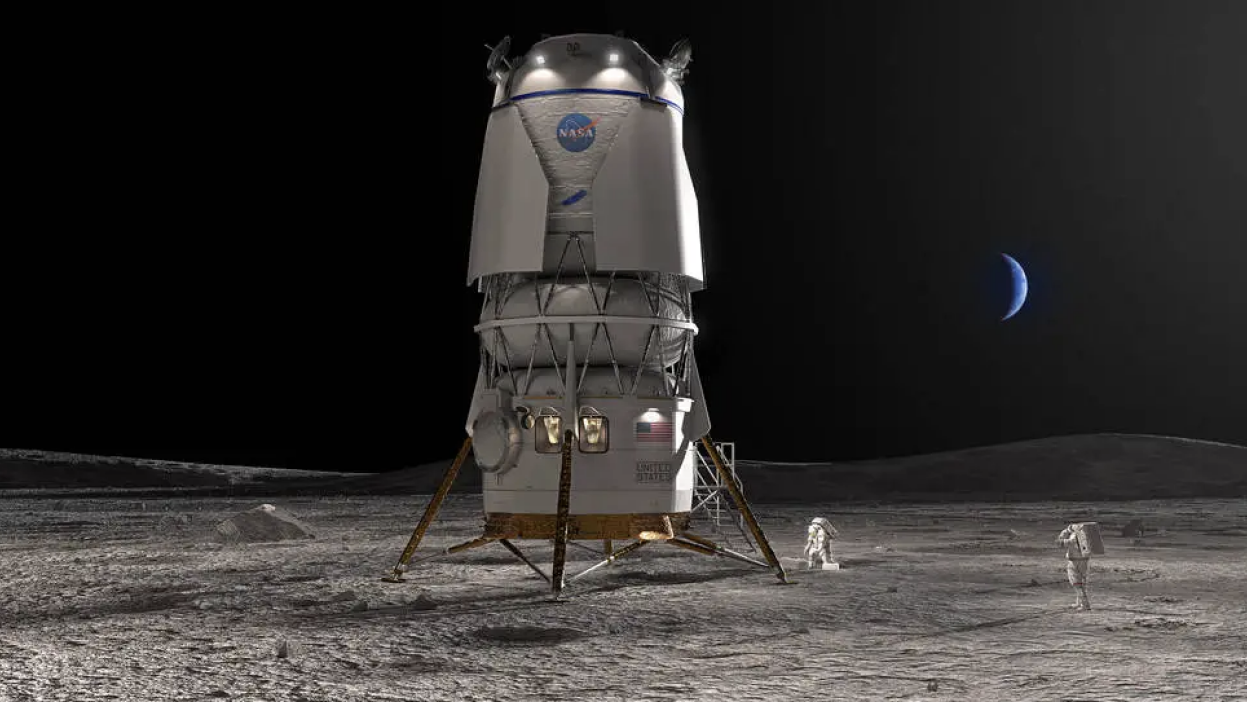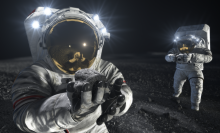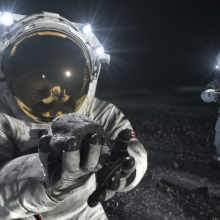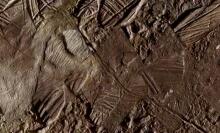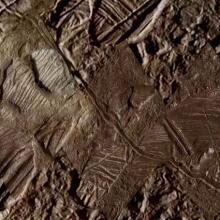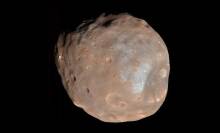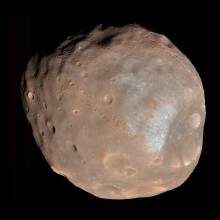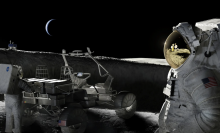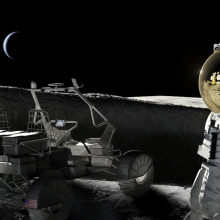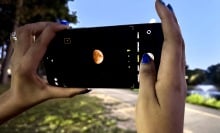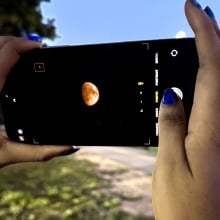NASA astronauts will land in an eerie place.
Unlike the Apollo missions of over 50 years ago, which touched down near the lunar equator, the space agency's new moon endeavor will land in the south pole. The reason is clear: That's where the frozen water is.
NASA has released a refined list of the nine potential places astronauts will land, no earlier than September 2026. The craters and areas preserving the ice are home to some of the coldest temperatures in the solar system, requiring moon suits that will allow astronauts to withstand temperatures of minus 334 degrees Fahrenheit. It's a region where the sun barely rises over the lunar hills, creating profoundly long shadows and dim environs.
"The moon’s south pole is a completely different environment than where we landed during the Apollo missions," Sarah Noble, NASA's Artemis lunar science lead, said in a statement. "It offers access to some of the moon’s oldest terrain, as well as cold, shadowed regions that may contain water and other compounds. Any of these landing regions will enable us to do amazing science and make new discoveries."
You can see the proposed spots in the image below, a mosaic of images captured by the space agency's Lunar Reconnaissance Orbiter. Many of the craters, as you can see, are deeply shadowed (hence their official designation of "Permanently Shadowed Regions," or PSRs).
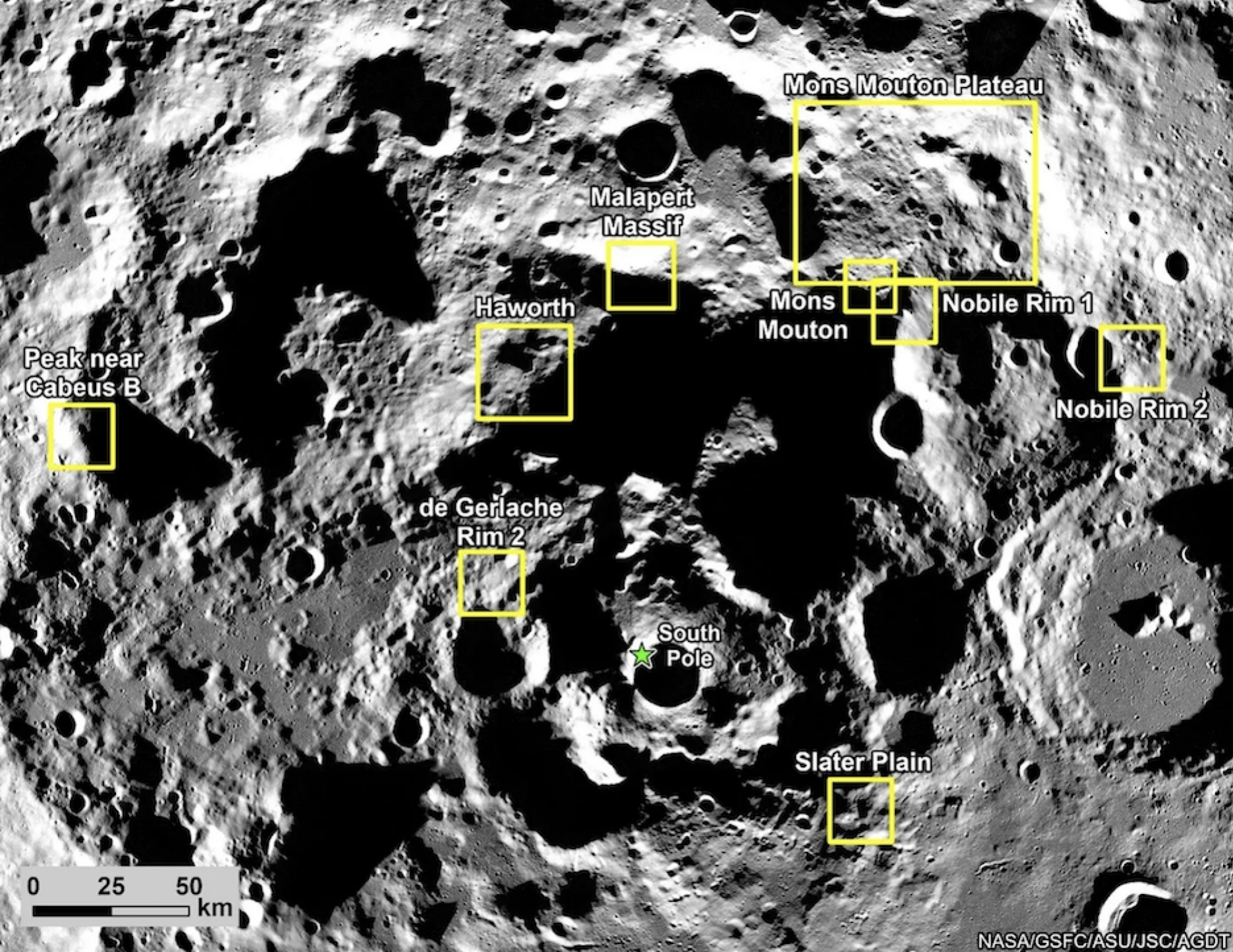
Tweet may have been deleted
The ice isn't just integral for the air and water needed to sustain a moon base. It can also be used for rocket fuel (oxygen and hydrogen are primary ingredients in many rocket fuels) and employed as radiation protection (walls of water, or ice, can block dangerous particles from the sun or deep space from impacting human bodies). Though lunar laws are still murky, no one can legally claim any territory or sovereignty on the moon, as directed by the Outer Space Treaty. But nations are free to explore the moon, which will necessitate extracting materials to stay alive and achieve scientific goals.
NASA will now continue to refine the specific landing sites. For example, they must consider what sites have the best scientific potential, access to ice, and opportunities for the forthcoming Lunar Terrain Vehicle, which will allow astronauts "to go farther and conduct more science than ever before," the agency explained.
A major component of the Artemis campaign is to prepare astronauts for deeper space exploration, such as potential journeys to Mars in the late 2030s. But first, they'll have to land on the moon in the coming years — a feat that remains daunting even 55 years after Neil Armstrong and Buzz Aldrin settled down on the chalky lunar ground.
Topics NASA
